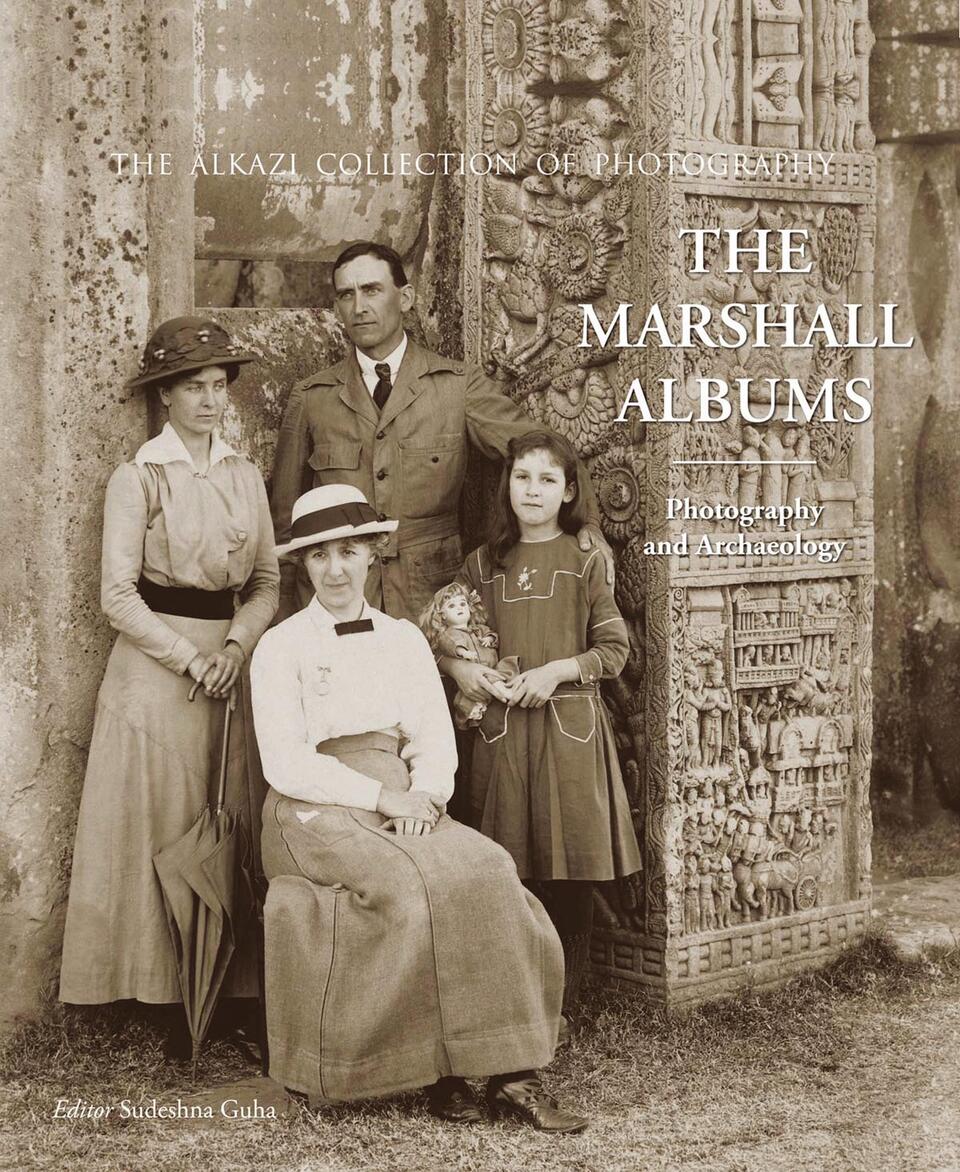This volume explores multiple perceptions of Indian history and scholarship produced through archaeological fieldwork and related photography during the colonial period. The focus is on John Marshall, the man who really made the Archaeological Survey of India the formidable player it became in the reconstruction and preservation of Indian history. He announced and fostered the discovery of the ancient Indus civilization, even as the hard work on the ground was done by a handful of Indian archaeologists. Indeed, it is the "colonial parenting of archaeology within British India" (p. 141) as the editor Sudeshna Guha so nicely puts it that is interrogated in this beautifully illustrated volume. Essays by a variety of experts, including Michael S. Dodson (Orientalism and Archaeology), Tapati Guha-Thakurta (The Many lives of the Sanchi Stupa in Colonial India) and and Robert Harding (Cunningham, Marshall and the Monks: An Early Historic City as a Buddhist Landscape) bring solid scholarship and insight to a discussion of how photography, in part, took over archaeology from textual sources during the late 19th and 20th century, and what that has meant for science and interpretation since then.
Sudeshna Guha writes in one of her essays Photographs in John Marshall's Archaeology that "our expectations from photographs are embedded in the ways we bid them to perform." She goes on to explain the rationale for the volume: ". . . the varied ways in which photographs are used for creating what is often considered archaeological knowledge remains an unexplored terrain, even though an increasing number of self-reflexive archaeologists now concede that 'perception and representation are intimately related'" (p. 140, footnote A. Watson, in Substance, Memory Display: Archaeology and Art, p. 95). A deep bench of documentation is brought to bear on showing how this worked itself out in Marshall's career, the use of photographs in the Indus announcement (indeed original fascination with the unknown seals from Harappa helped lead to the discovery of Harappa and Mohenjo-daro), and of course, their role in the recovery of Buddhism in India, which for Marshall was a central part of in his own life's work at Taxila. Of the whole Buddhist enterprise in Indian archaeology, she writes ". . . as this essay shows, archaeologists often establish their variants of archaeological knowledge through photographs" (p. 140).
Christopher Pinney, always one of the best writers on Indian photography, takes this further in his essay 'Buddhist' Photography. It deals with the history of photography at Sanchi in particular, teasing out the importance of the photographer in working the scene, with someone like Henry Cousens doing remarkable work that Pinney deftly brings in Heidegger and others to relate to ways of seeing. Indian time and space as redefined through sculpture are highlighted, as is movement around the carved stories of the Buddha. "It is difficult to reconstruct the responses of early Buddhist pilgrims to Sanchi. But one can imagine the magical effect of its astonishing imagery as akin to that of early cinema" (p. 191). That is a brilliant observation, as is his discussion of screens and frames (based on insights by the French writer on cinema Andre Bazin), and pradakhshina (showing reverence by walking around a sacred places, something common to so many religions) as a "form of proto-cinematic expression" in Linnaeus Tripe's fabulous scroll of the Great Pagoda at Tanjore made in 1858. Indeed, the role of photography in uncovering the historical Buddhist substrate in the subcontinent's history is exceptional and fascinating in the way it fosters the reconstruction of buildings and temples.
Indus materials are limited to a handful of shots and notations on how the discovery was absorbed by the British press while the Indian press was initially restricted in its coverage, even as the news galvanized the Independence struggle. But the observations on photography remain salient to how we think of the Indus civilization, where textual elements are lacking given the wall of unread scripts. Images are the only real access most people have to a civilization that flourished four thousand years ago, twice as far back as the Buddhism that has so obviously vanished (while remaining present in other ways) in modern India and Pakistan.

